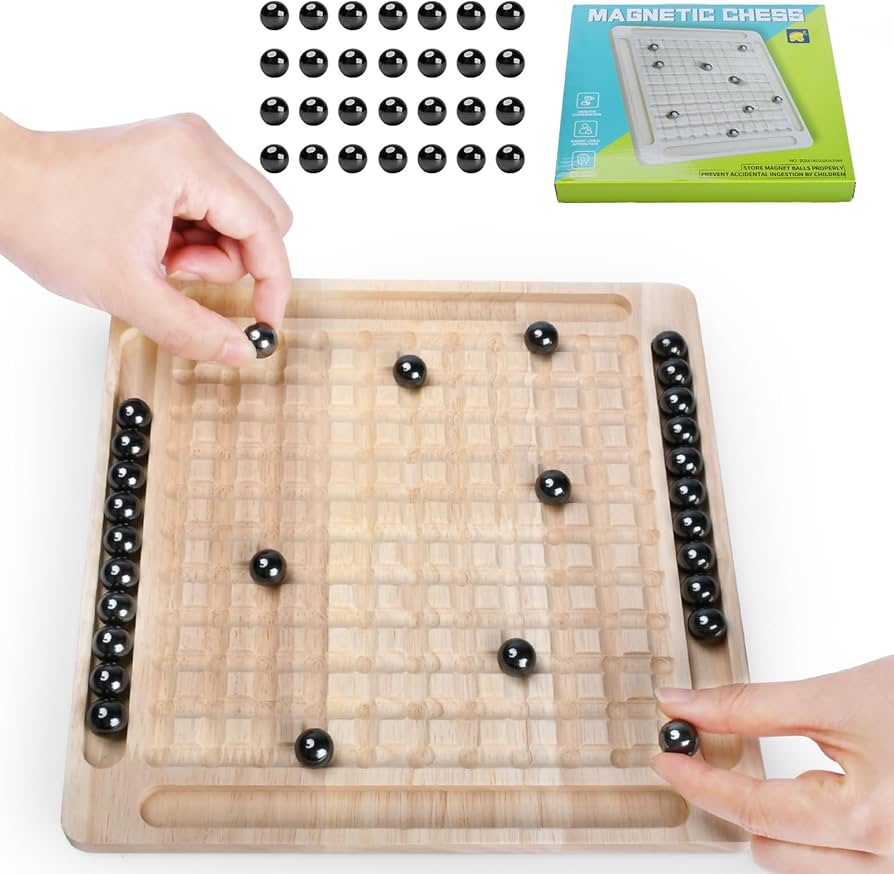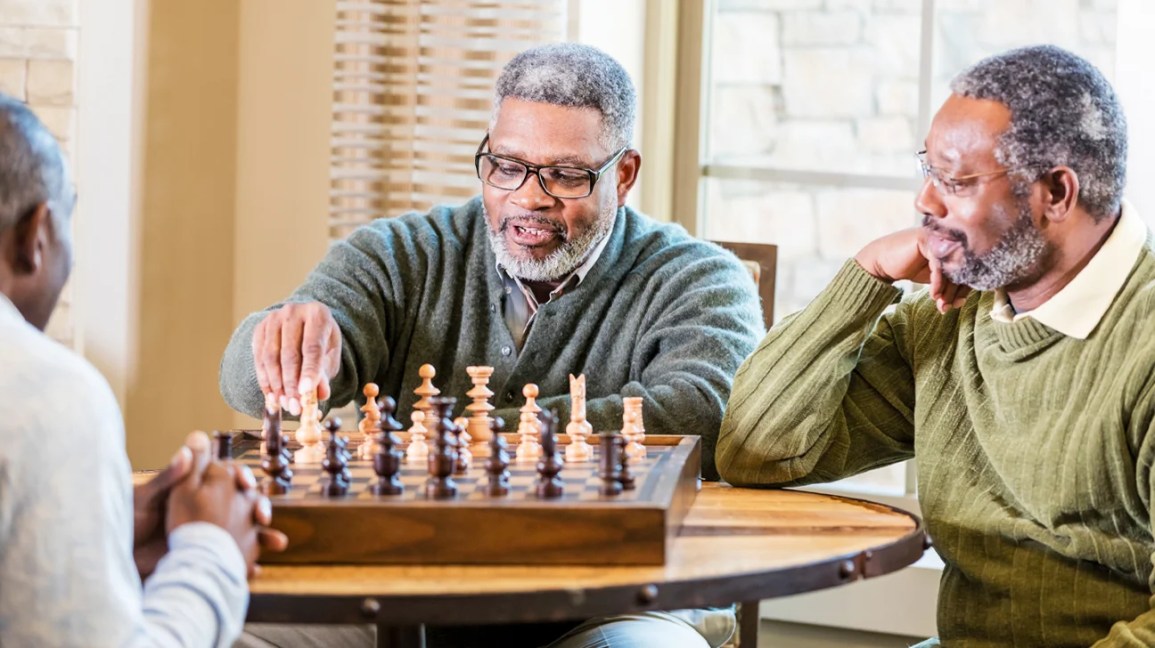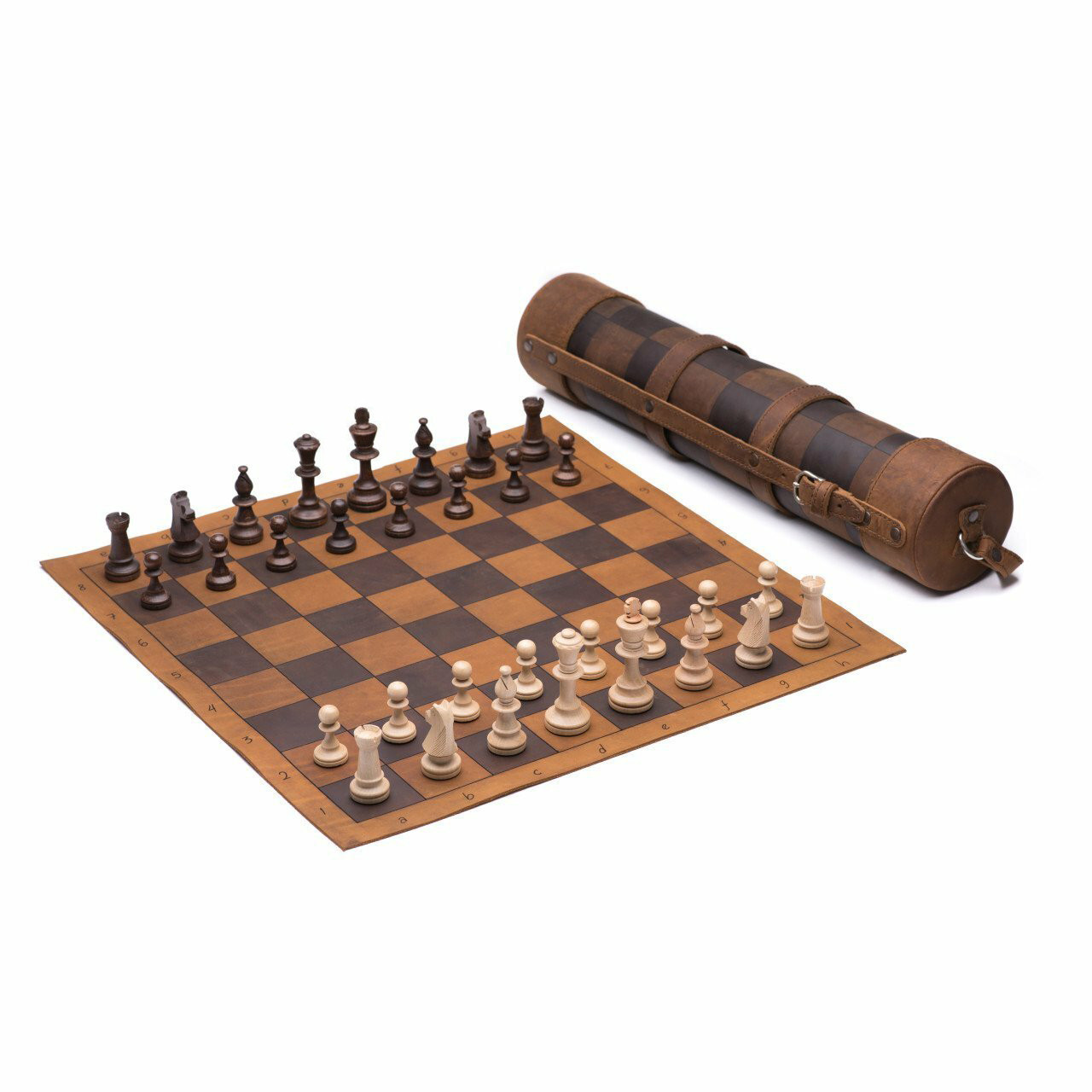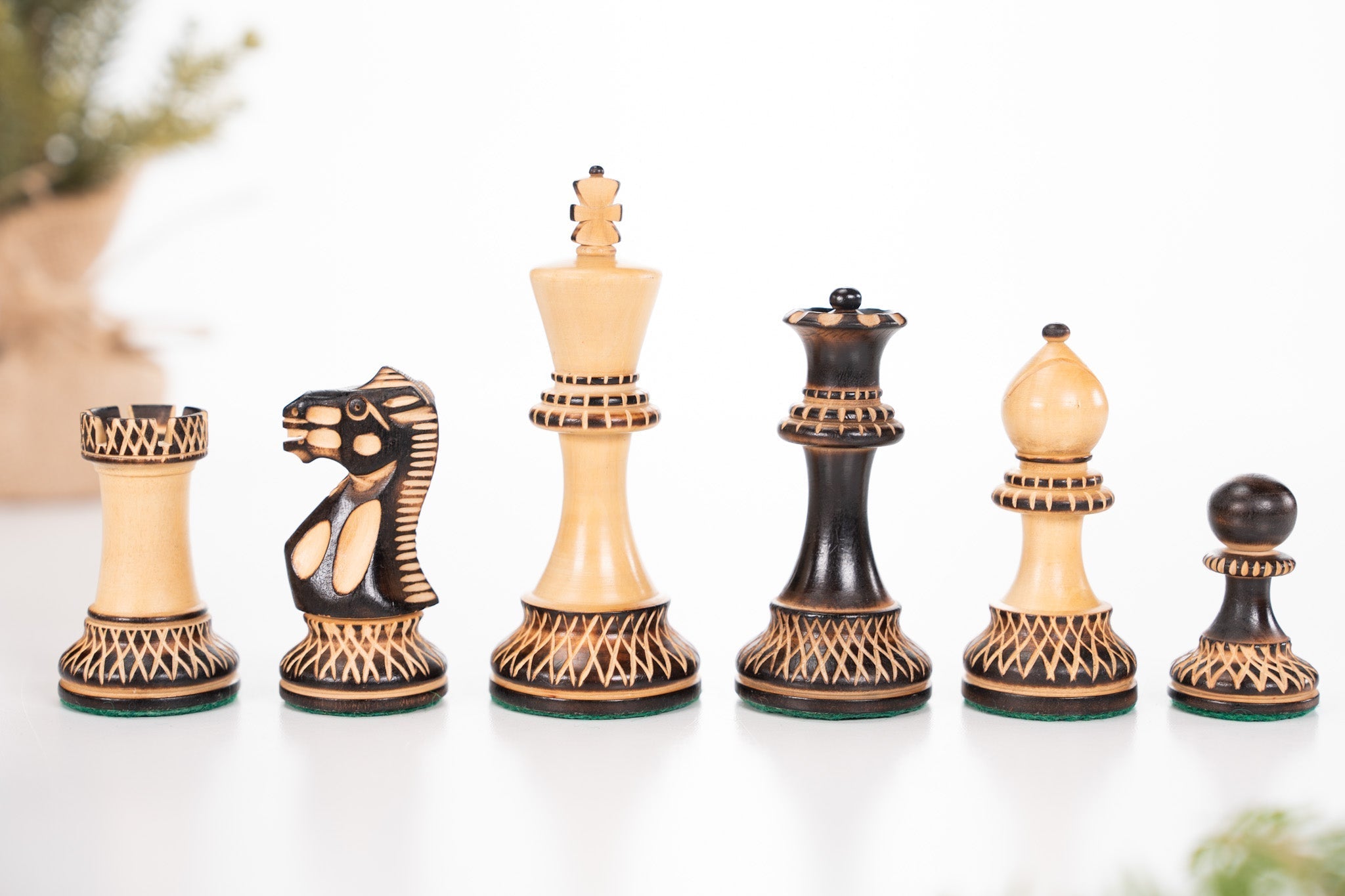Chess is a timeless game loved by many worldwide. Understanding its rules can be simple and fun.
Chess has fascinated people for centuries, blending strategy and skill. If you’re new to chess, learning the basic rules is your first step. This guide will walk you through the essential rules with clear pictures. You will learn about the board setup, piece movements, and special moves.
Chess might seem complex at first, but with visuals, it becomes easier to grasp. Ready to start your journey in chess? Let’s dive into the basics and set you up for your first game.
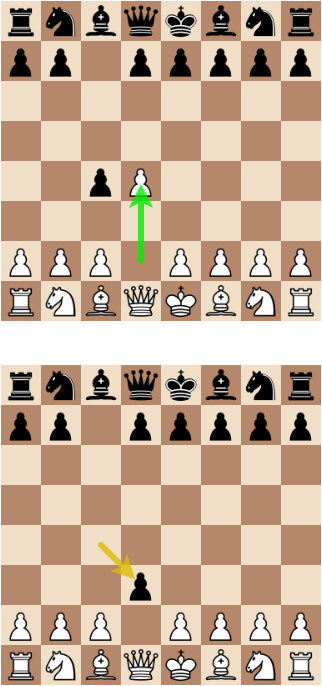
Credit: chesscoachonline.com
Introduction To Chess
Chess is a timeless game of strategy and skill. It has captivated minds for centuries. Understanding the basics of chess can be both fun and rewarding. This article will guide you through the fundamentals. Let’s dive into the world of chess.
History Of Chess
Chess originated in India over 1,500 years ago. It was known as Chaturanga. The game spread to Persia and then to Europe. Chess evolved into the modern version we play today. Famous players have emerged over the years, shaping the game.
Importance Of Learning Chess
Learning chess improves critical thinking. It enhances problem-solving skills. Chess also teaches patience and concentration. Playing chess can be a great way to bond with others. It is a game that challenges the mind and brings joy.
Chess Board And Pieces
Learning the basics of chess starts with understanding the chess board and pieces. This section will walk you through setting up the board and knowing the names and values of each piece. Clear pictures will help you grasp these concepts quickly.
Chess Board Setup
The chess board has 64 squares, arranged in an 8×8 grid. The squares alternate between light and dark colors. Ensure the bottom-right square is light-colored. Each player starts with 16 pieces.
Place your pieces on the first two rows. The major pieces, like rooks, knights, and bishops, go on the first row. Pawns fill the second row. The king and queen are placed in the center. Remember: the queen goes on her color. If you play white, the white queen goes on a white square.
Names And Values Of Pieces
Each player has six types of pieces: king, queen, rooks, knights, bishops, and pawns. The king is the most important piece but not the most powerful. It can move one square in any direction. The queen is the most powerful and can move in any straight line.
Rooks move horizontally or vertically across the board. Knights move in an L-shape: two squares in one direction, then one square perpendicular. Bishops move diagonally. Pawns move forward one square but capture diagonally.
Each piece has a value. The king is invaluable. The queen is worth nine points. Rooks are worth five points. Bishops and knights are worth three points each. Pawns are worth one point. Understanding these values helps you plan your moves.
How Pieces Move
Understanding how each chess piece moves is essential for any beginner. Each piece has its unique movement pattern, which shapes the strategy of the game. Let’s explore how pawns, rooks, knights, bishops, queens, and kings move on the chessboard.
Pawns
Pawns are the smallest pieces on the board. They move forward one square, but capture diagonally. On their first move, pawns can move two squares forward.
| Move Type | Direction |
|---|---|
| Regular Move | Forward |
| First Move | Two squares forward |
| Capture | Diagonally forward |
Rooks
Rooks move in straight lines. They can move horizontally or vertically across the board. Rooks are powerful in open positions.
| Move Type | Direction |
|---|---|
| Regular Move | Horizontally or vertically |
Knights
Knights have a unique movement. They move in an L-shape: two squares in one direction and then one square perpendicular. Knights are the only pieces that can jump over others.
- Move two squares in one direction, then one square perpendicular
- Can jump over other pieces
Bishops
Bishops move diagonally. They can move any number of squares in one diagonal direction. Each bishop stays on its color for the entire game.
| Move Type | Direction |
|---|---|
| Regular Move | Diagonally |
Queens
The queen is the most powerful piece. She can move in any direction: horizontally, vertically, or diagonally. The queen combines the power of both the rook and the bishop.
| Move Type | Direction |
|---|---|
| Regular Move | Horizontally, vertically, or diagonally |
Kings
The king is the most important piece. The king moves one square in any direction. Checkmate occurs if the king cannot escape capture. Protect the king at all costs.
| Move Type | Direction |
|---|---|
| Regular Move | One square in any direction |

Credit: www.pinterest.com
Special Moves
Chess is a game rich with strategic depth. Beyond the basic moves, there are special moves that can surprise your opponent. Understanding these special moves can enhance your gameplay and give you a competitive edge.
Castling
Castling is a unique move in chess that involves both the king and a rook. This move allows the king to move two squares towards a rook, which then moves to the square next to the king. There are two types of castling: kingside and queenside.
Conditions for Castling:
- Neither the king nor the rook involved has moved before.
- No pieces are between the king and the rook.
- The king is not in check, nor will castling move the king through or into check.
| Type | King’s Move | Rook’s Move |
|---|---|---|
| Kingside | Two squares towards the rook | Moves to the square next to the king |
| Queenside | Two squares towards the rook | Moves to the square next to the king |
En Passant
En Passant is a special pawn capture move. If a pawn moves two squares forward from its starting position, and lands beside an opponent’s pawn, the opponent’s pawn can capture it as if it had moved only one square forward.
This capture must be made immediately after the two-square move, or the opportunity is lost.
Example:
- White pawn moves from e2 to e4.
- Black pawn on d4 can move to e3, capturing the white pawn.
Pawn Promotion
When a pawn reaches the opponent’s back rank, it must be promoted. This means the pawn is replaced by any other piece, except another king or pawn. Most players choose to promote to a queen because it is the most powerful piece.
Steps for Pawn Promotion:
- Move the pawn to the last rank.
- Choose a piece for promotion (queen, rook, bishop, or knight).
- Replace the pawn with the chosen piece.
Pawn promotion can dramatically change the game, especially if you choose wisely.
Basic Rules
Chess can seem complicated, but understanding its basic rules makes it easier. This section will guide you through the essential rules of chess. You’ll learn about turns, piece movements, capturing, check, and checkmate.
Turns And Movement
Players take turns in chess. The player with the white pieces always moves first. Each piece has its own way of moving. For example, pawns move forward but capture diagonally. Rooks move in straight lines, either horizontally or vertically. Bishops move diagonally, while knights move in an L-shape. The queen moves like both a rook and a bishop. Finally, the king moves one square in any direction.
Capturing Pieces
Capturing involves moving your piece to a square occupied by an opponent’s piece. The captured piece is then removed from the board. Different pieces capture in different ways. Pawns capture diagonally, while knights jump over pieces to capture. All other pieces capture by moving to the occupied square. Capturing helps reduce your opponent’s power on the board.
Check And Checkmate
Check happens when the king is under threat of capture. The player must move the king or block the threat. If the king cannot escape the threat, it is checkmate. Checkmate ends the game, declaring the player who delivered checkmate the winner. Understanding check and checkmate is crucial for every chess player.
Game Phases
Understanding the game phases in chess is essential. It helps players develop strategies. Chess has three main phases: the opening, the middlegame, and the endgame. Each phase has its own set of principles. Knowing these can greatly improve your play. Let’s dive into each phase.
Opening
The opening phase is the first part of the game. It lasts for the first 10-15 moves. The goal is to develop your pieces and control the center. Always aim to move your knights and bishops early. This will prepare your pieces for the middlegame. Avoid moving the same piece multiple times. Focus on getting all your pieces involved.
| Do | Don’t |
|---|---|
| Control the center | Move the same piece repeatedly |
| Develop your knights and bishops | Make too many pawn moves |
| Castle early | Leave your king in the center |
Middlegame
The middlegame phase follows the opening. It starts when most pieces are developed. The focus shifts to tactics and strategy. Look for ways to attack your opponent’s king. Consider creating weaknesses in their position. Piece coordination is key. Make sure your pieces work well together. Watch out for your opponent’s threats. Always think a few moves ahead.
- Coordinate your pieces
- Look for tactical opportunities
- Protect your king
- Think ahead
Endgame
The endgame is the final phase of the game. It occurs when few pieces are left on the board. The goal is to promote pawns and checkmate the opponent’s king. King activity becomes very important. Move your king towards the center. Use it to support your pawns. Keep your remaining pieces active. Each piece is crucial at this stage. Always aim for checkmate.
- Promote your pawns
- Activate your king
- Keep your pieces active
- Focus on checkmating the opponent
Understanding these game phases will enhance your chess skills. Practice each phase to become a better player.
Basic Strategies
Understanding basic strategies in chess can make you a stronger player. These strategies help you control the game and improve your chances of winning. Let’s explore some key strategies that every beginner should know.
Control The Center
Controlling the center of the board is crucial in chess. The center includes the squares d4, d5, e4, and e5. Placing your pawns and pieces in these squares gives you more space. It also allows your pieces to move freely. Strong control of the center helps in launching attacks and defending your pieces.

Piece Development
Piece development means moving your pieces from their starting squares to more active positions. Develop your knights and bishops early in the game. This helps you control more squares and prepares your pieces for the middle game. Avoid moving the same piece multiple times in the opening. Instead, focus on developing all your pieces.

King Safety
Protecting your king is vital in chess. The best way to do this is by castling. Castling moves your king to a safer position and connects your rooks. Make sure you castle early in the game. Keep a few pawns around your king to shield it from attacks. Avoid moving the pawns in front of your king unless necessary.

Common Mistakes To Avoid
Chess is a game of strategy and patience. Beginners often make simple mistakes. These mistakes can be avoided with some guidance. Here are some common errors and how to avoid them.
Moving The Same Piece Repeatedly
Moving the same piece multiple times can be a bad strategy. Each move should develop your position. Think about using different pieces. This helps you control more of the board.
Here is an example:
| Good Move | Bad Move |
|---|---|
| Move Knight to control center | Move Knight back and forth |
Ignoring King Safety
Protecting your King is crucial. Beginners often ignore this. Always ensure your King is safe. Use pawns and other pieces to create a safe space.
Consider these tips:
- Castle early
- Avoid exposing your King
Neglecting Piece Development
Developing your pieces means moving them to effective positions. Beginners sometimes leave pieces unmoved. This weakens their game. Use your knights and bishops early. Control the center of the board.
Follow these steps:
- Move your pawns to open lines
- Deploy knights and bishops early
Ensuring all pieces are active is key to a strong game.

Credit: in.pinterest.com
Conclusion
Learning chess can be fun and rewarding. These basic rules help beginners start. Practice regularly to improve your skills. Remember, every master was once a beginner. Keep your chessboard handy and challenge friends. Enjoy the process of learning and playing.
Chess sharpens your mind and enhances strategic thinking. Happy playing!

